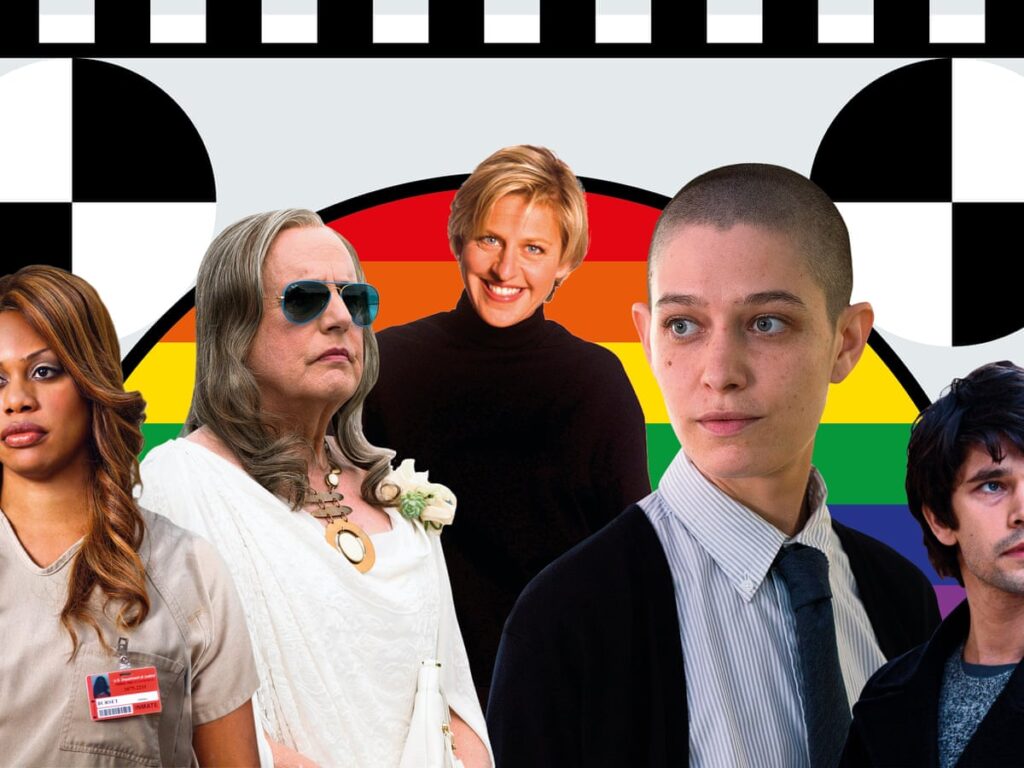The representation of LGBTQ+ characters and storylines in mainstream gaming has become a popular tool for promoting diversity and inclusion. This inclusion is a step towards acceptance and inclusion, offering hope and support to the members of the LGBTQ+ community. Positive representation in gaming has led to the development of supportive communities within the gaming sector, promoting safe spaces that encourage people to embrace their identities. Examples of positive LGBTQ+ representation in gaming include games such as ‘The Last of Us Part II,’ and ‘Life is Strange.’ Challenges to implementing LGBTQ+ representation in gaming include the belief that the inclusion of LGBTQ+ characters may result in lost sales, and the prevalence of sexism and misogyny in the gaming industry creating a hostile environment for women. The gaming industry needs to embrace diversity and inclusion proactively by creating a work environment that accommodates diverse perspectives and supports the development of games that speak to a broader audience. Additionally, there needs to be more public education about LGBTQ+ issues within the gaming community.
The Role of Gaming in Mainstreaming LGBTQ+ Characters and Storylines
Gaming has become a popular medium for storytelling and entertainment. Over the years, it has been used to introduce and explore various themes and issues affecting the society. One of the issues that now mainstream gaming is addressing is the representation of LGBTQ+ characters and storylines. Gaming has become an effective tool for promoting diversity and inclusion, especially for the LGBTQ+ community. More and more games are featuring LGBTQ+ characters and storylines, and this has tremendous benefits for the community.
The positive impact of LGBTQ+ representation in gaming
Representation in gaming is a step towards acceptance and inclusion. The gaming industry, with its vast reach, offers a platform that allows for the portrayal of diverse characters to millions of people all over the world. This exposure makes more people aware of the experiences of others and educates them on how to understand and accept differences. It also offers hope to the members of the LGBTQ+ community, who may feel isolated and ignored, assuring them of acceptance and support.
LGBTQ+ representation in gaming has also led to the development of supportive communities within the gaming community. These communities help to promote safe spaces that encourage people to embrace their identities and not feel like an outcast from society. They also provide resources and support forums to help players and gamers understand diverse perspectives.
Examples of positive LGBTQ+ representation in gaming
There are a variety of games that successfully portray LGBTQ+ characters and storylines in a positive light. One example is ‘The Last of Us Part II,’ a game released in 2020. This game features Ellie, a lesbian protagonist, and explores her story and struggles in a post-apocalyptic world. The game received critical acclaim and won many awards worldwide.
Another example is the game ‘Life is Strange,’ released in 2015. The game features Max, a bisexual protagonist, and explores her journey and experiences with coming out and acceptance within her community.
These games, and others like them, demonstrate the positive impact that LGBTQ+ representation in gaming can have on society.
The challenges of implementing LGBTQ+ representation in gaming
Despite the positive impact of LGBTQ+ representation, the gaming industry still faces challenges in implementing it. One of the challenges is the belief that the inclusion of LGBTQ+ characters may result in lost sales or controversy. This view can be an obstacle in the development and marketing of games that focus on LGBTQ+ storylines. Developers may opt for more traditional and ‘safe’ characters, which can lead to a lack of diversity in gaming.
Another challenge is the prevalence of sexism and misogyny in the gaming industry, which can create a hostile environment for women, including those in the LGBTQ+ community.
The way forward
The gaming industry needs to embrace diversity and inclusion proactively. It is essential to create a work environment that accommodates diverse perspectives and supports the development of games that speak to a broader audience. Developers may need to collaborate more with the LGBTQ+ community to ensure that the representation of characters and storylines is accurate and authentic.
Additionally, there needs to be more public education about LGBTQ+ issues within the gaming community. This education should focus on creating a culture of respect and inclusivity, promoting games with diverse characters and storylines, and encouraging gamers to stand against harassment and discrimination towards anyone belonging to the community.
Conclusion
Gaming has a considerable influence on modern culture, and the inclusion of LGBTQ+ representation in gaming is a huge step towards promoting diversity and inclusion within society. While the gaming industry has made strides towards this goal, there is still much to do to ensure that everyone is represented and included. Through education and collaboration, the gaming industry can create an environment where diversity and representation is celebrated, allowing everyone to feel seen, heard, and accepted.
